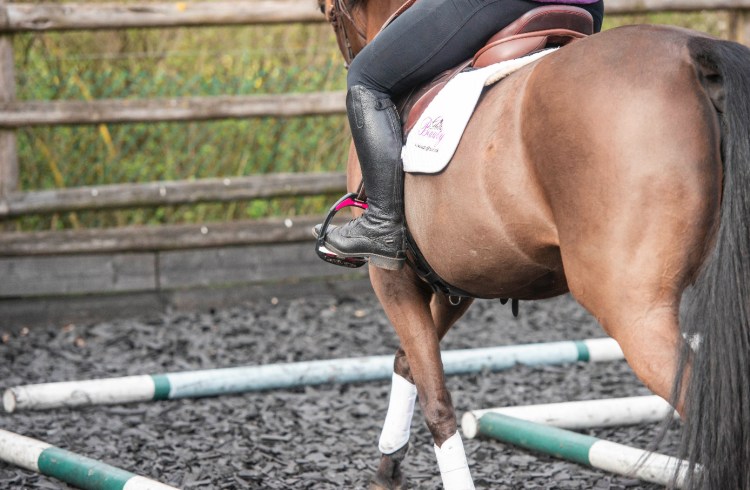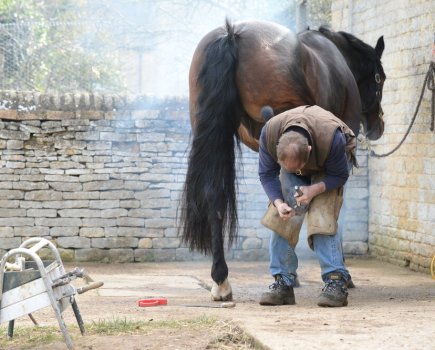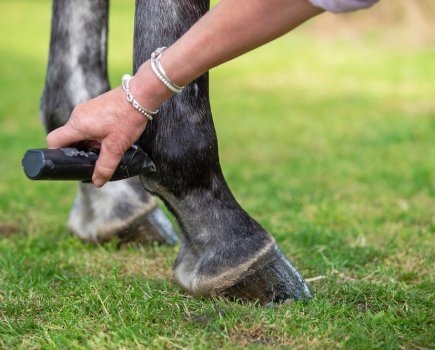Horses are not inherently lazy animals, so if they are being lazy it’s usually because they are in pain. That was internationally renowned equine vet Dr Sue Dyson’s message at the recent World Horse Welfare ‘Tacking up – being a pain or in pain?’ webinar, writes Emily Bevan.
Sue, who was discussing her research into abnormal behaviour during tacking up, said: “Horses are inherently flight animals, they are not lazy. Horses are genuinely willing and compliant, sometimes to their detriment, so if they are unwilling it’s usually because they are in discomfort.”
The research identified 64 behaviours that were seen during the approach to a horse while carrying tack, putting on the bridle, placement of the saddle and girthing.
Behaviours witnessed included chomping on the bit, putting ears back, intense stare, tail swishing, fidgeting and head tossing. These behaviours are often believed by riders to be normal characteristics but in fact could be anticipation of pain or discomfort during ridden exercise.
Being uncomfortable during ridden exercise could also be the reason why your horse appears unwilling or lazy, said Sue.
The research
During the research, each horse was observed when being tacked up and mounted, and the number of behaviours they displayed was noted. The scores ranged from 0-33 out of 64, with 50% of the 193 horses used in the study exhibiting between 7 and 13 behaviours and the most common score being 10.
“Abnormal behaviours during tacking up or mounting may be exhibited in anticipation of musculoskeletal pain during ridden exercise, which may be associated with ill-fitting tack in some horses,” said Sue, who also clinically assessed the horses at rest, evaluated their saddle fit and retrospectively watched video recordings of them being ridden in walk, trot and canter.
The research determined that 78% of saddles had the potential to compromise performance. Tight tree points of the saddle were associated with higher behaviour scores during tacking up, while higher static saddle fit scores correlated with a greater number of abnormal behaviours during mounting.
Some behaviours, such as ears back and intense stare, were displayed equally during tacking up while others, like repeatedly chomping on the bit, occurred 67% of the time during bridling. This is compared to 34% when the saddle was being fitted and 33% when being girthed.
Tail swishing was more common during saddle placement (20%) and girthing (34%) than bridling (10%).
“Repetitive, invariant behaviour patterns with no obvious goal or function like head tossing, tongue out, nose rubbing and licking are frequently stress-associated,” explained Sue.
“Ears back, intense stare and partial or complete eye closure are known to be pain related behaviours while an intense stare together with ears fixed backwards and a low head and neck posture have been associated with a withdrawn and depressed state.”
Enlist help from a professional if you regularly identify abnormalities of behaviour in your horse during mounting or tacking up as it could be an indication of something more serious.









